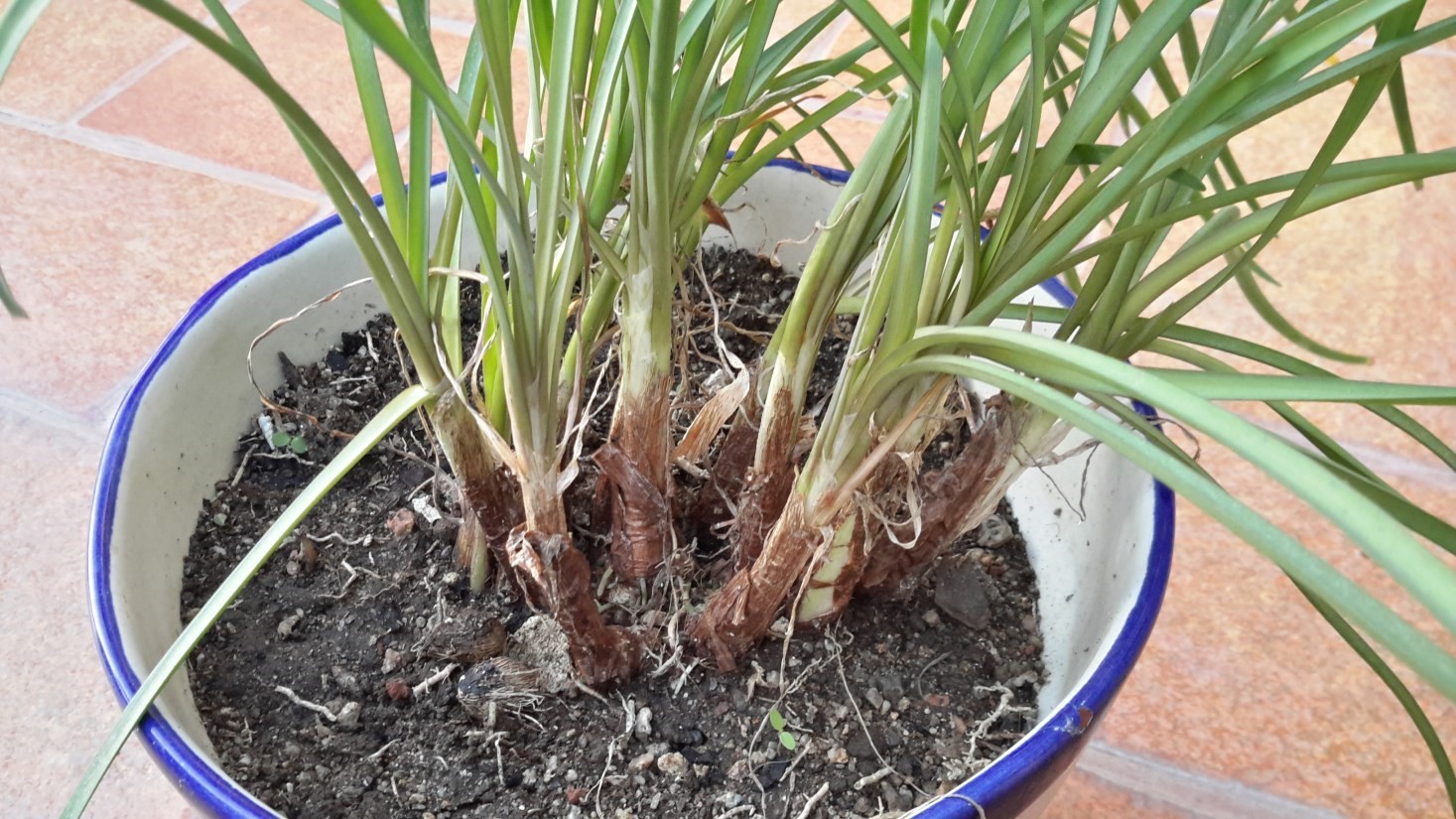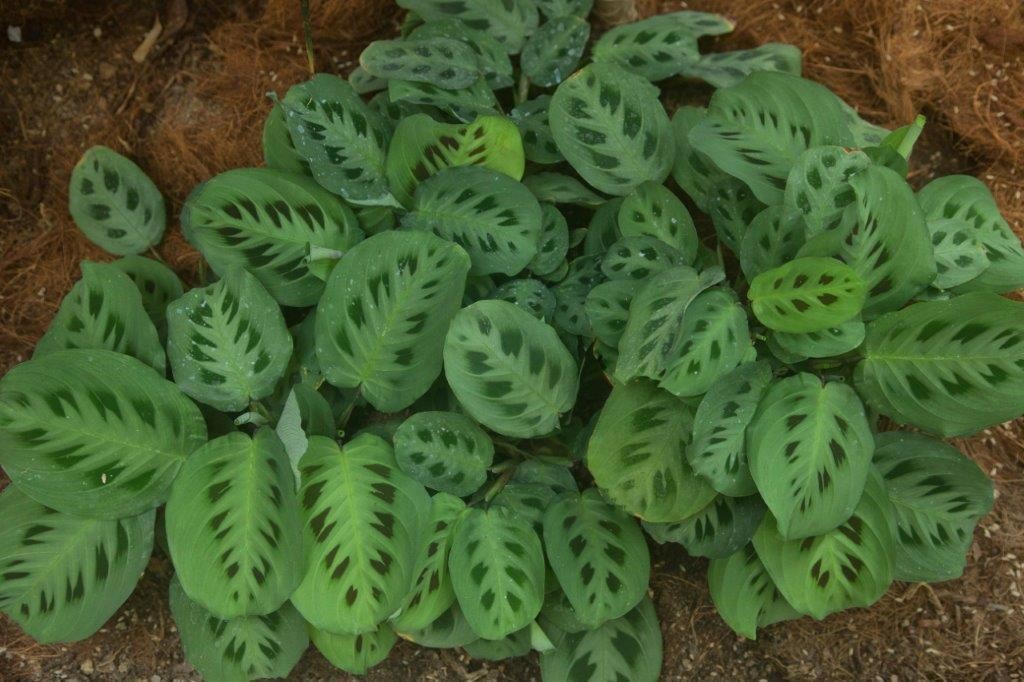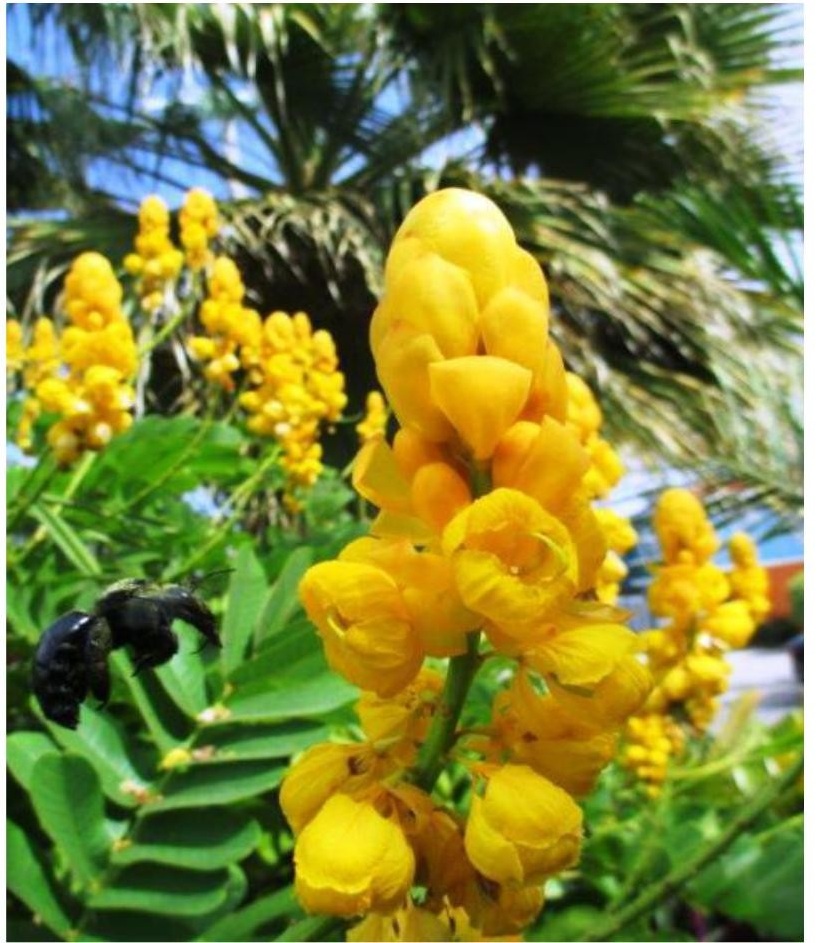By Tommy Clakson from the February 2019 Edition
Garlic Chives -Allium tuberosum
Family Amaryllidaceae
Also known as Oriental Garlic, Asian Chives, Chinese Chives or Chinese Leek
(The same morning, recently, that I came upon some forgotten parsley which I’d planted a while back, I also found, nearby, this wonderful, new pot of Garlic Chives. A’hhhh, getting older .What with my forgetfulness, every day brings fresh unremembered surprises!)
Beyond the joy of that discovery, visitors of the last few weeks have had it thrust under their noses to savor its great scent.
But more than merely being a delight to our olfactory lobes, it is quite healthful, containing an array of nutrients important for a healthy diet, including vitamins A, calcium, folate, iron, magnesium, niacin, phosphorus, potassium, riboflavin and thiamin. And, even more, folk remedies were “right on” when they used chives to alleviate a stuffy nose and for colds, what with it being such a rich source vitamin C.
According to the Master Gardener Program of the University of Wisconsin Extension Service, Allium tuberosum is a late-season bloomer from the onion family. Native to southeastern Asia, it is . . . sometimes confused with . A. ramosum or Fragrant-flowered Garlic. . . (It) . . .has been used in Chinese herbal medicine for a variety of ailments.
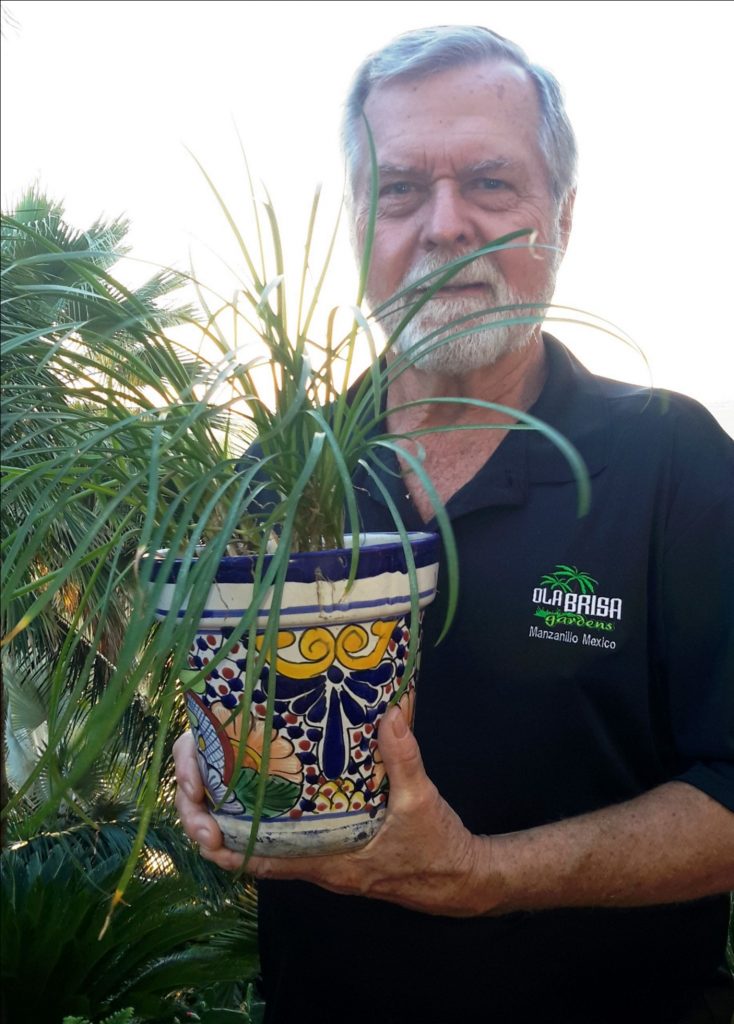
No few folks think quite highly of this plant. In A Handbook of Herbs by Richard Marshall and Charles J. Ziga, these gentlemen wax most favorably on this genus saying, it is “One of the most indispensable herbs, chives are easy to grow in sun or partial shade, are bone hardy and can be grown . . . both as attractive garden plants and for their culinary virtues. If the flavor of ordinary (or onion) chives is too strong for your taste, try (these)Garlic Chives (as) they have a milder flavor (and) produce charming, sweetscented, white flowers.
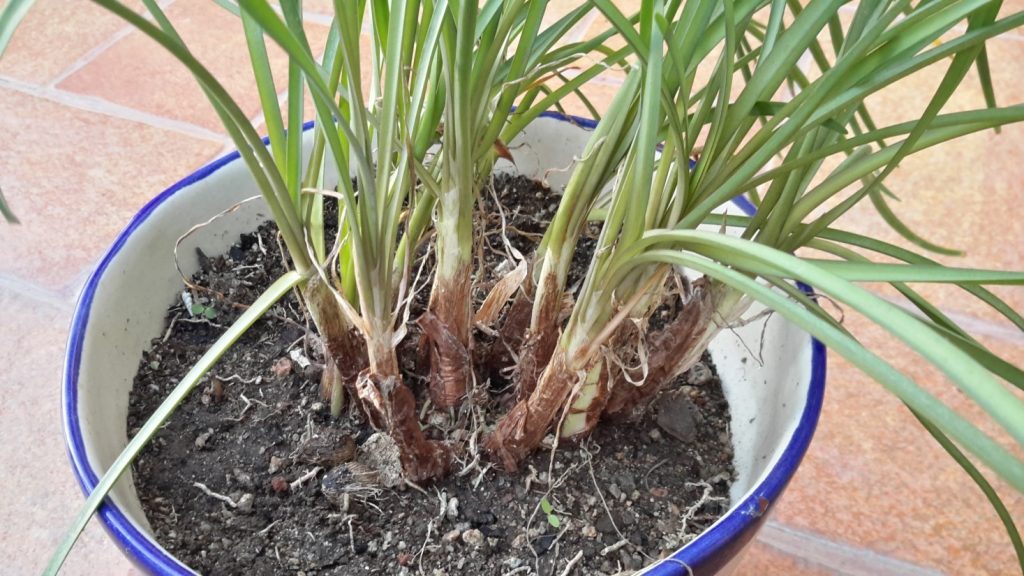
In the kitchen, Allium tuberosum can be chopped up and used as a garnish just like regular chives. It (or should that be they)greatly add to fresh salads, sliced cucumbers and fresh tomatoes, as well as adding a wonderful zest when incorporated in omelets, soufflés and scrambled eggs. Marshall and Ziga also share that “finely chopped fresh chives can also be mixed into ream cheese or cottage cheese, sour cream or butter and used as a delicate. but tasty dressing for steaks, potatoes and broiled fish: to one pound of butter, add a quarter pound of finely chopped chives and a quarter cup of chopped parsley (Glad I found these two at the same time!), blend thoroughly and add lemon juice to taste.” Some enjoy sprinkling it on soups, incorporating it into stir-fry or stuffing them into dumplings . . . this I have yet to try. (Then again, I’ve never made dumplings either, but by golly, I sometimes can boil a decent egg! Does that count for anything?)
And, lastly, for a vegetative equivalent of icing on the proverbial cake, the florets of Garlic Chives can be pulled from the flowers and sprinkled atop a salad for a rather attractive garnish!
Unlike onions, or other types of garlic, however, the fibrous bulb is not edible. The Allium tuberosum is grown, rather, for its flowers and stems. It is easy to differentiate between onion chives and garlic chives. Garlic chives have a flat, grasslike leaf, not a hollow one as do onion chives.
Now, some growing tips: They are a great size, reaching 12 to 24 inches (30.48-50.96 cm) in height and, perhaps, a foot (30.48 cm) across. Each elongated bulb is attached to a stout rhizome and produces 4-9 leaves. But, always remember, after the flowers bloom, be sure to remove its flowers, after they’ve bloomed and faded, so that the seeds don’t pop up all over your garden well, unless you want that! Also, make a note to divide your Garlic Chive plants every three to four years, in the spring, as they are much more productive if such is done.
As regards harvesting your Garlic Chives, you may generally do so thirty days after they were transplanted or sixty days after having been seeded. Don’t forget to cut the leaves down to the base when harvesting this would be one to two inches (2.54-5.08 cm) above the soil. And, lastly, you can harvest your crop three to four times throughout the first year.
The full edition or view it online
—
Tommy Clarkson is a bit of a renaissance man. He’s lived and worked in locales as disparate as the 1.2 square mile island of Kwajalein to war-torn Iraq, from aboard he and Patty’s boat berthed out of Sea Bright, NJ to Thailand, Germany, Hawaii and Viet Nam; He’s taught classes and courses on creative writing and mass communications from the elementary grades to graduate level; He’s spoken to a wide array of meetings, conferences and assemblages on topics as varied as Buddhism, strategic marketing and tropical plants; In the latter category he and Patty’s recently book, “The Civilized Jungle” – written for the lay gardener – has been heralded as “the best tropical plant book in the last ten years”; And, according to Trip Advisor, their spectacular tropical creation – Ola Brisa Gardens – is the “Number One Tour destination in Manzanillo”.
